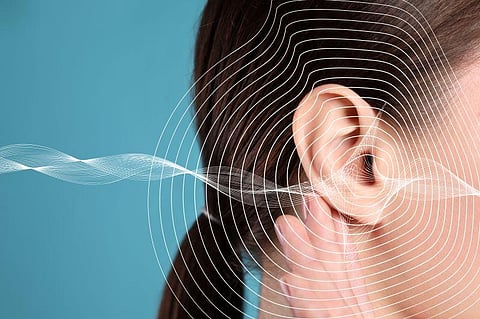TUESDAY, Aug. 23, 2022 (HealthDay News) -- Magnetic resonance imaging (MRI) assessment of endolymphatic hydrops can help in the evaluation of Ménière disease (MD), according to a study published online July 25 in Frontiers in Neurology.
Seung Cheol Han, from Seoul National University College of Medicine in South Korea, and colleagues assessed 123 patients with MD using MRI and the HYDROPS (HYbriD of Reversed image Of Positive endolymph signal and native image of positive perilymph Signal) protocol to examine the effectiveness of MRI for visualization of the endolymphatic space.
The researchers found that 80 participants had definite MD, 11 had probable MD, and 32 had possible MD based on the 1995 American Academy of Otolaryngology-Head and Neck Surgery guidelines. Cochlear hydrops and vestibular hydrops were detected in 58 and 80 percent of definite MD ears, 33 and 58 percent of probable MD ears, and 5 and 27 percent of possible MD ears, respectively. There was a significant increase seen in the proportion of higher hydrops grades with grade according to the MD diagnostic scale. In patients with hydrops grade 2 versus hydrops grade 0 in both the cochlea and the vestibule, both pure tone average and low tone average were significantly higher. In patients with grade 2 versus grade 0 vestibular hydrops, canal paresis was significantly higher. There was no association observed between disease duration and hydrops grade.
"Radiological evaluation of MD using the HYDROPS protocol is useful for evaluation of the extent and severity of endolymphatic hydrops in the diagnosis of MD based on its pathophysiological mechanism," the authors write.
Abstract/Full Text


